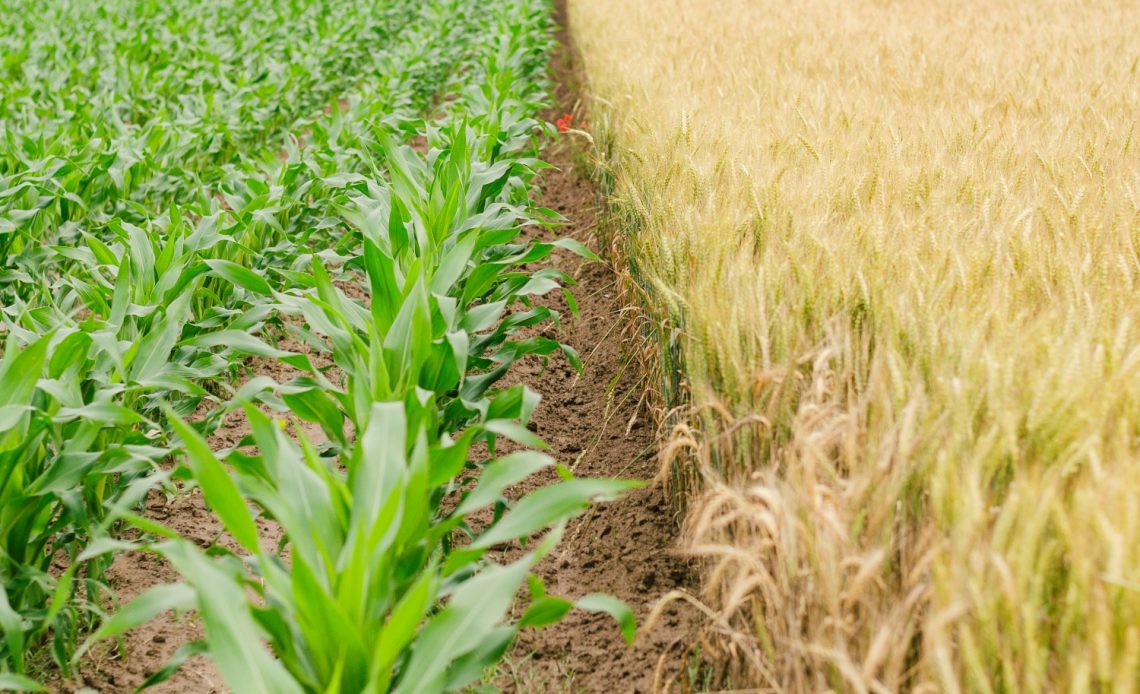

We’re here to help! Wild Yards is a completely free website that is 100% dedicated to helping you create a wildlife-friendly, sustainable yard. Read more
WildYards is reader-supported. When you buy a product through a link on our site, we may earn a comission. Every product is independently selected by our (obsessive) editors and our reviews are unbiased and objective. Read more about our mission or our privacy policy.
Whether you’re new to growing things, or you’ve been sowing seeds and gathering crops your whole life, it’s never too late to learn something new! We’ve all heard the terms “plant food” and “fertilizer”. In fact, many gardeners use these two phrases interchangeably, even seasoned pros. But, as it turns out, plant food and fertilizer are not one and the same. They’re two separate things, and they both play an important role in your garden. So, when it comes to plant food vs. fertilizer, what’s the difference?
Plant food is the food that plants make for themselves and is a byproduct of water, sunlight, carbon dioxide, and the nutrients they absorb from their soil. Fertilizer, on the other hand, is a mixture of vitamins and minerals, either chemically prepared or taken from natural sources, that enrich the soil and make it more nutritious.
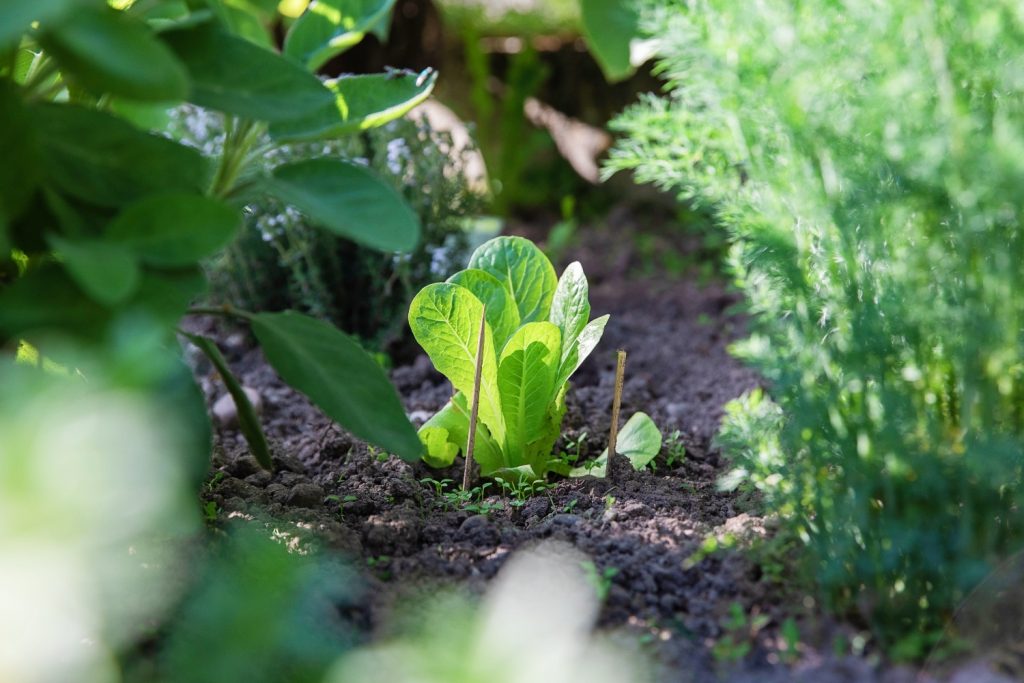
What is plant food?
Plant food is the energy that plants make for themselves via the process of photosynthesis. Plants use carbon dioxide and sunlight, as well as nutrients and water found in their soil, to create simple sugars, specifically glucose. Plants rely on that glucose to keep their root systems sound, their foliage nice and green, and to produce healthy new growth.
The process is pretty simple. Plants use sunlight and nutrients found in their soil to create chlorophyll. When they “breathe in” carbon dioxide via the stomata located on the undersides of their leaves, the carbon dioxide combines with the chlorophyll to create glucose. This simple sugar is then spread to all parts of the plant with the help of the water absorbed by the plant’s roots.
Plants are autotrophs, meaning they make the food they eat themselves. Even if a particular type of fertilizer is labeled as “plant food”, it isn’t plant food in the sense that it isn’t an immediate source of useable energy for the plant. Products labeled as “plant food” are really just fertilizer, which brings us to our next topic of discussion.
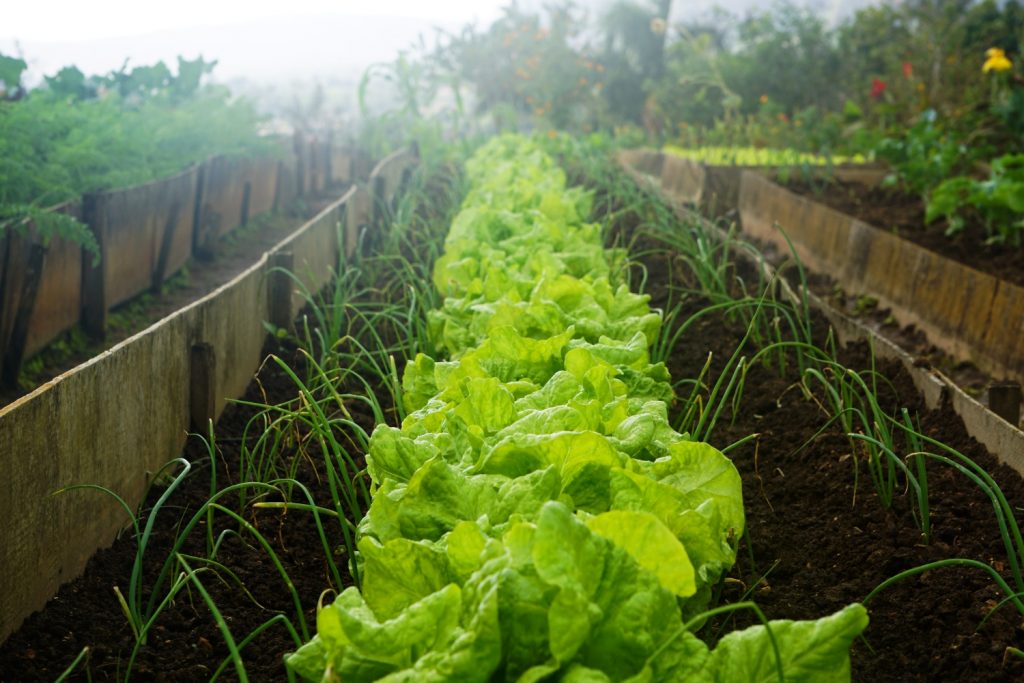
What is fertilizer?
Fertilizer is any substance that is rich in vitamins and minerals that plants need to survive. This can mean commercially available chemical-based N-P-K fertilizers, like 19-19-19 and 16-4-8. Or, it can refer to nutrient-rich organic materials, like kelp meal, compost, manure, and even oyster shells.
As plants grow, they use up the nutrients in the soil to make plant food. Some of these nutrients will make their way back to the soil as the plant sheds leaves and old branches die and break off. When these materials break down over time, they help replenish depleted nutrients so the plant can continue growing well.
But in situations where a plant’s old leaves and branches don’t return to the soil — if they’re pruned annually and have the leaves raked away from the ground around them, for instance — then they’ll need some help getting enough nutrition. Plants that produce fruit will also suffer from nutrient deficiencies if their soil isn’t amended after their fruits are harvested.
Fertilizers aim to restore lost nutrients to the soil so plants can continue to make plant food. Not all fertilizers are the same. General-purpose fertilizers provide soils with a broad spectrum of vitamins and minerals to cover all the bases. But some fertilizers only provide specific nutrients. For example, a 30-0-10 fertilizer only contains nitrogen and potassium. There are hundreds of commercially available fertilizers available to help balance out the soil so your plants can get all of the vitamins and minerals they need to thrive.
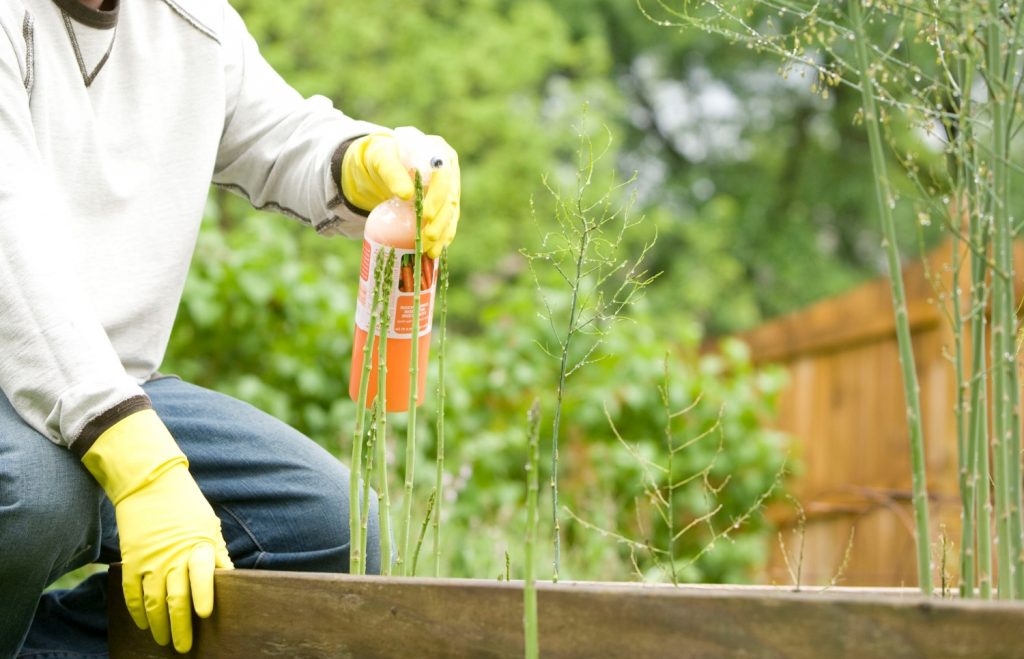
Plant food vs. fertilizer: what nutrients do plants need?
Now that you have a better idea of the differences between plant food and fertilizer, let’s take a look at a few of the things that plants need to make food. The nutrients that plants use to make energy can be broken down into two groups: macronutrients and micronutrients.
What are macronutrients?
When it comes to nutrients, some vitamins and minerals are more important to plants than others. Macronutrients are the nutrients that are found most abundantly in plants, and they include:
- Nitrogen — Perhaps the most important nutrient to plants, nitrogen is essential to producing healthy green foliage. Nitrogen plays a critical role in the production of chlorophyll and enables plants to produce healthy green foliage.
- Phosphorous — This mineral is needed to enable plants to replicate their DNA and RNA. Phosphorous also plays an important role in the development of sugars, starches, and carbohydrates.
- Potassium — Potassium increases a plant’s drought tolerance by regulating how much moisture is lost via the stomata.
- Calcium — In addition to activating enzymes and enabling plants to absorb water, calcium is critical because it strengthens new tissues and holds cell walls together.
- Magnesium — Plants rely on magnesium to help them turn sunlight into energy. Magnesium also helps transfer phosphorous to various plant tissues.
- Sulfur — Sulfur is a building block for a variety of substances plants rely on, including hormones, vitamins, and proteins. This mineral plays an important role in moisture regulation and encourages healthy root systems and strong new growth.
Of all of the nutrients plants rely on, macronutrients are the ones that are most critical to their survival.
What are micronutrients?
Micronutrients aren’t quite as important to plants as macronutrients, so they don’t need them in such large quantities. However, these nutrients still play an important role in the health of your plants.
- Iron — This mineral aids in nitrogen absorption and enzyme function. Iron also supports photosynthesis, respiration, and chlorophyll production.
- Manganese — Plants rely on adequate manganese to develop healthy root systems. But manganese doesn’t just promote strong roots, it also makes plants more resistant to pathogens.
- Zinc — This micronutrient acts as an enzyme activator, supports the plant’s resistance to cold temperatures, and helps plants process sugars, starches, and carbohydrates.
- Copper — Copper plays a role in root metabolism, giving plants the ability to absorb nutrition from the soil. It’s also important for reproduction, as it supports seed development.
- Molybdenum — Like iron, molybdenum plays a role in respiration and nitrogen uptake.
- Boron — Boron is critical for reproduction, specifically fruit and seed development. It also aids in the production of sugars and carbohydrates.
- Cobalt — Plants use cobalt to absorb nitrogen. Cobalt also supports photosynthesis and root growth.
- Chlorine — Chlorine aids in photosynthesis and plant metabolism. The higher the salt content in the soil, the more a plant will rely on chlorine to help balance out its effects.
As you can see, micronutrients play a supporting role in the absorption and utilization of many macronutrients.
Plant food vs. fertilizer: which is best?
A common question from new gardeners is “which is better, plant food or fertilizer?” The fact is, you can’t give your plants actual plant food. But you can help them produce their own food by giving them a dose of the appropriate fertilizer.
Of course, not all fertilizers are created equal. Fertilizers come in a variety of forms. There are liquid fertilizers, powdered mixes, granules, and slow-release spikes. Fertilizers can also be broken down based on what they’re made of.
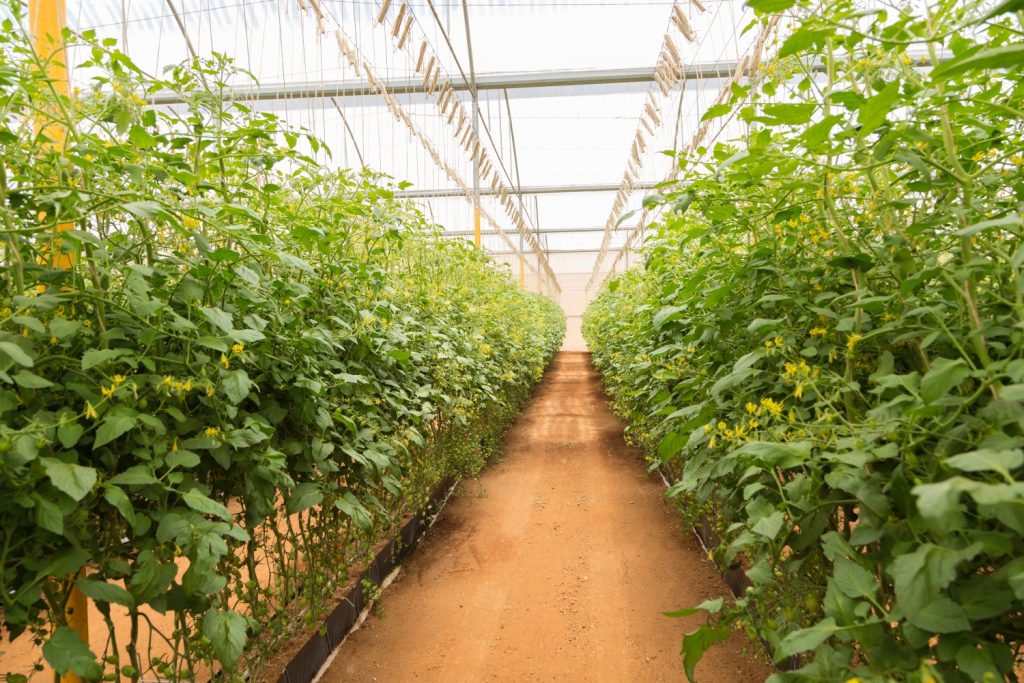
Synthetic fertilizers
Most commercially available fertilizers, including N-P-K fertilizers, are synthetic, meaning they’re made from chemicals. Synthetic fertilizers are derived from liquid ammonia, an inexpensive substance that makes it easy to mass-produce these fertilizers for agricultural use. For this reason, synthetic fertilizers are widely available and generally easy to find.
Synthetic fertilizers are popular because they’re simple to use. Both powder and liquid synthetic fertilizers can be applied quickly, and they’re absorbed rapidly, providing fast results. But one major downside to these types of fertilizers is their toxic load on the environment.
Synthetic fertilizers typically contain high percentages of nitrogen, which pollutes local waterways leading to eutrophication. This bloom in phytoplankton and algae can be devastating for livestock and wildlife, who may die from drinking from contaminated water sources. Nitrogen-rich synthetic fertilizers also lead to air pollution. Some sources say it’s one of the major sources of air pollution worldwide.
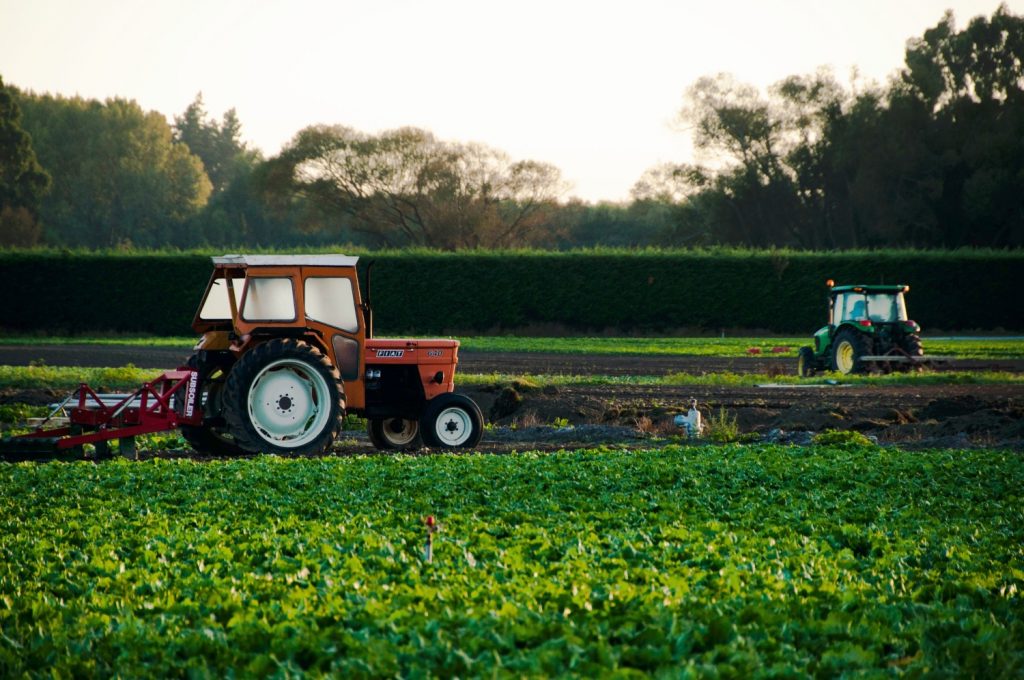
Natural fertilizers
Natural fertilizers are organic substances that are full of macronutrients and micronutrients that plants need to survive. Compost, kelp meal, coffee grounds, bone meal, blood meal, and manure are considered natural fertilizers. It’s worth noting that the phrase “natural fertilizer” can also refer to commercial fertilizers that are derived from organic materials.
Because natural fertilizers are, well, natural, they contain bioavailable sources of nutrients that are easier for plants to use. They also contain a greater variety of minerals. A synthetic N-P-K fertilizer will give your plants nitrogen, phosphorous, and potassium, and that’s it. But using a few natural fertilizers together, like compost and kelp meal, will give your plants these three macronutrients, plus dozens of valuable micronutrients.
Natural fertilizers have the additional benefit of improving soil structure. Amending your soil with natural fertilizers improves aeration and drainage, yet it also helps the soil retain enough moisture to keep roots hydrated. Better soil also means a healthy soil microbiome. When the good bacteria in your soil thrive they enhance your plants’ immunity to pathogens.
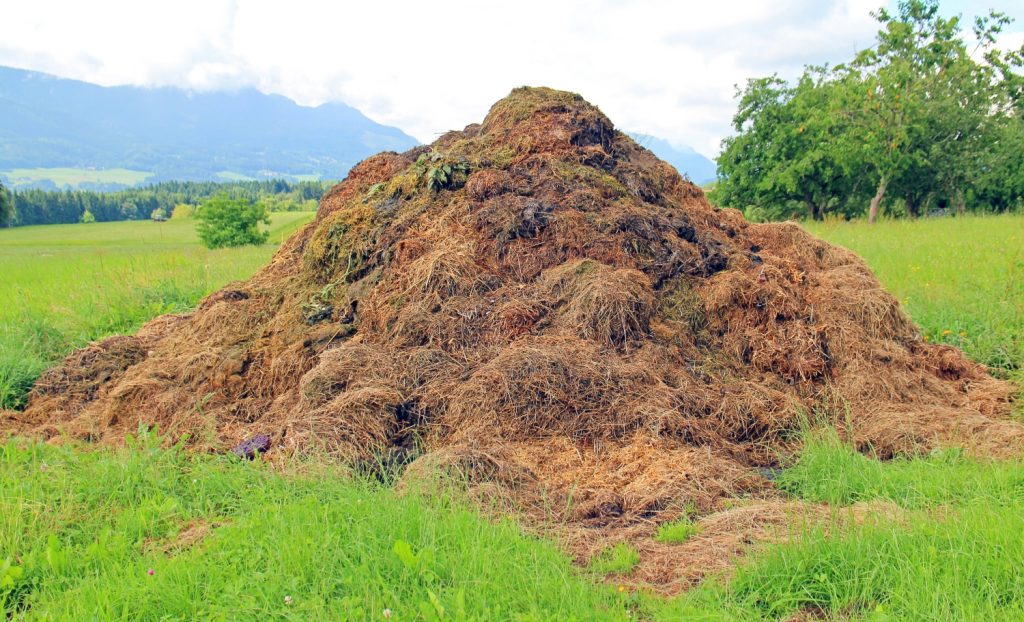
Plant food vs. fertilizer: how to feed plants correctly
There are a few things to keep in mind when feeding your plants so you can ensure you fertilize them correctly. For best results, we recommend testing your soil before fertilizing with an at-home test kit first.
Does soil pH matter?
Just because your soil contains certain nutrients doesn’t necessarily mean your plants have access to them. If your soil’s pH is too high or too low, your plants can develop symptoms of nutritional deficiencies, including yellow leaves, stunted growth, and dropping flower buds.
Nutrients are most accessible to plants at a pH range of 6.5 to 7.0. When the soil is too acidic or too alkaline, many fertilizers will fail to break down. If they do, then the nutrients may reach toxic levels. Amend acidic soils with lime and alkaline soils with sulfur to bring them to a more neutral range and help your plants gain access to all those valuable minerals.
Can too much fertilizer kill plants?
You might think the more fertilizer plants get, the more plant food they can make. But overapplying fertilizer won’t do them any favors. Giving plants too much fertilizer, whether it’s synthetic or natural, can raise nitrogen levels dangerously high, resulting in nitrogen burn. This condition leads to yellowing foliage and dieback, and in extreme cases can even kill plants.
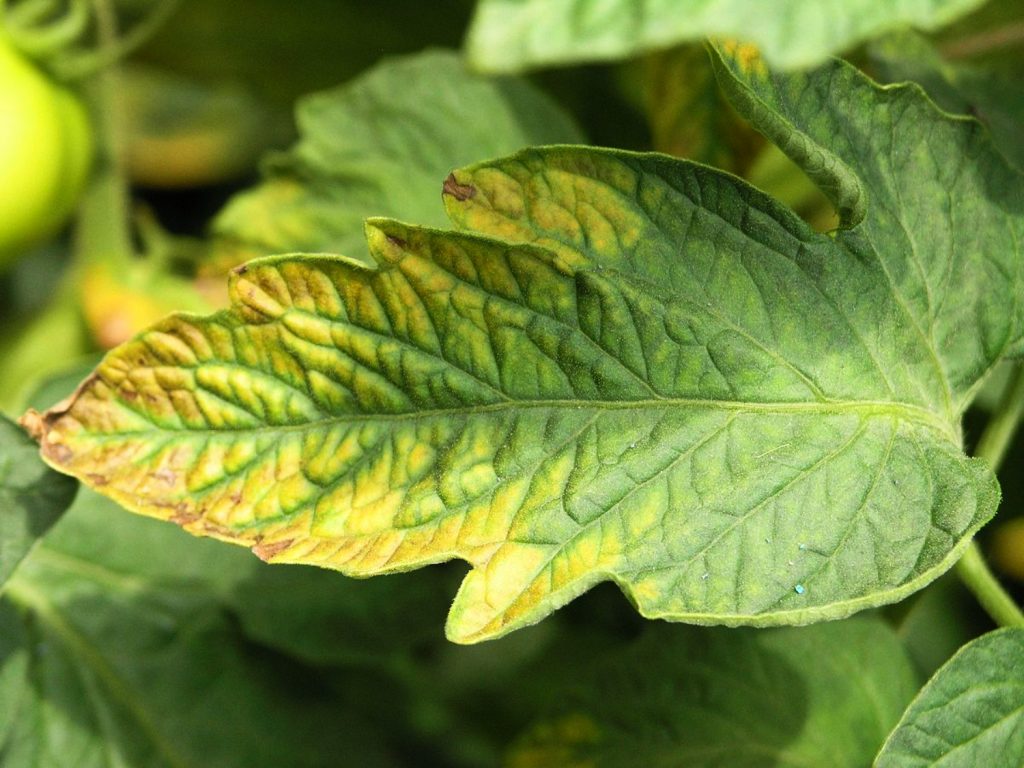
How can you tell if your plants need fertilizer?
Plant food and fertilizer are not the same things. However, when plants are deficient in nutrients, they won’t be able to make food for themselves, and their appearance will suffer. So, really, whether plants are deficient in plant food or fertilizer, the symptoms will be similar.
Plants that are struggling with nutrient deficiencies typically develop yellow leaves. Depending on which minerals are missing, the leaves may also turn blue, purple, red, or brown. The edges of the leaves may dry up. Stunted growth and failure to become established are also signs that the soil needs more nutrients.
When plants don’t get all of the nutrients they need to survive, their drought tolerance and disease resistance decline. Plants that wilt no matter how much you water them, or that regularly fall prey to pests and diseases, would likely benefit from being fertilized as well.
Plant food vs. fertilizer: tips for feeding plants successfully
Always follow the manufacturer’s instructions when applying fertilizers, whether you choose synthetic fertilizers or natural alternatives. For best results, apply your chosen fertilizer in the morning on a still day to avoid stirring up dust. Water the plants well after fertilizing to help the nutrients break down. For pots and raised beds, consider amending the soil with fertilizer before planting. It’s much easier to spread the fertilizer evenly with no roots getting in the way.
Plant food and fertilizer may not be the same thing. But by fertilizing your plants correctly, you’ll be giving them the nutrients they need to make plenty of food for themselves so they can stay healthy and look great.
